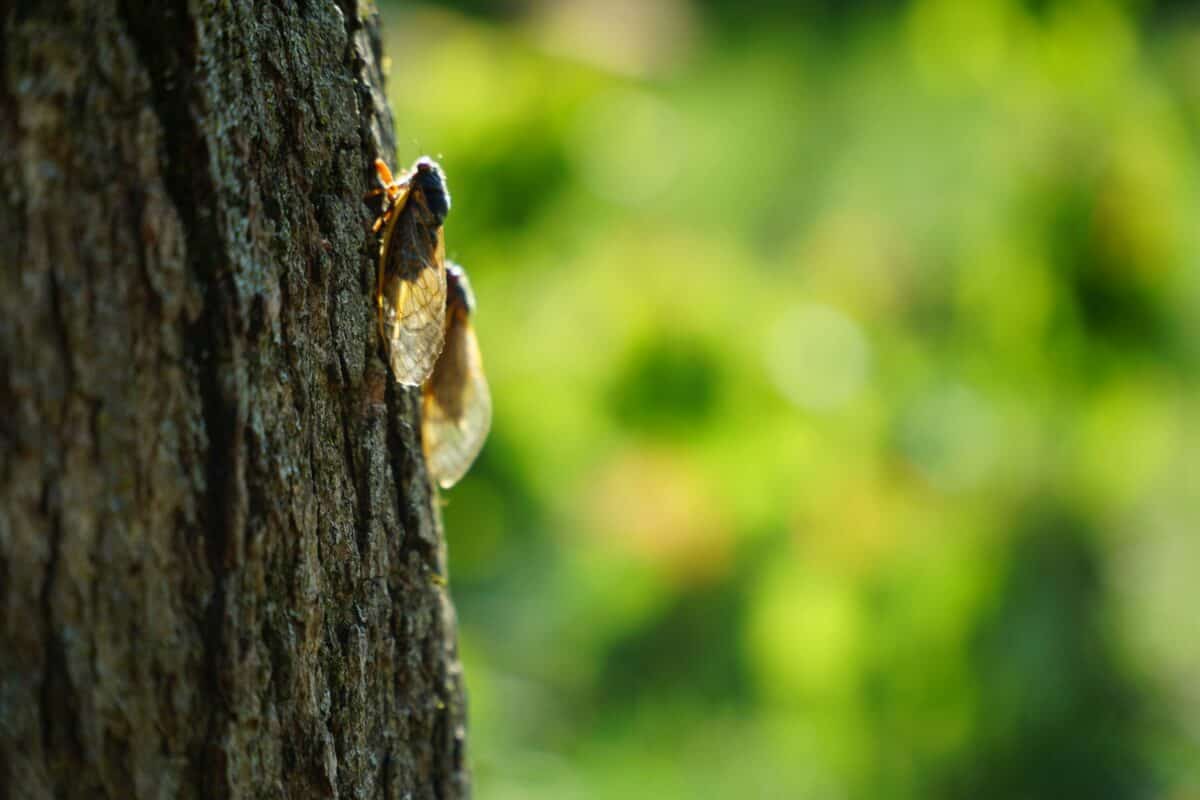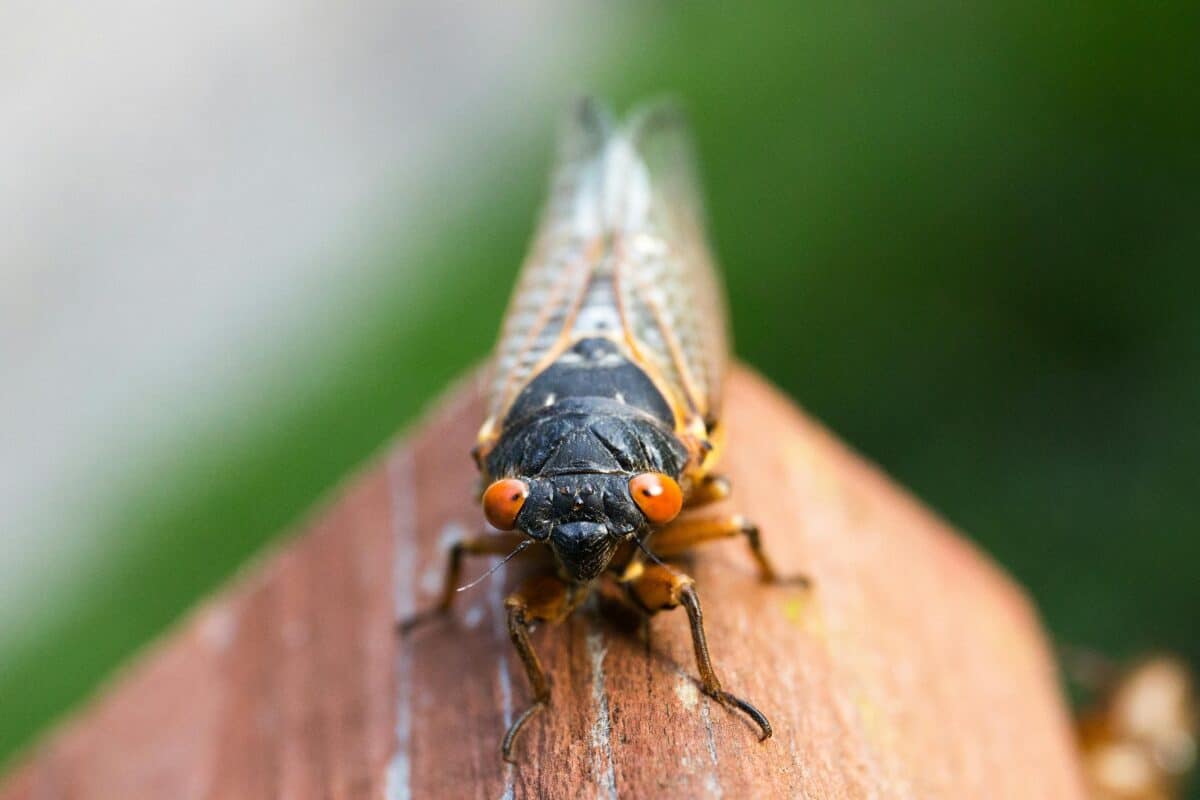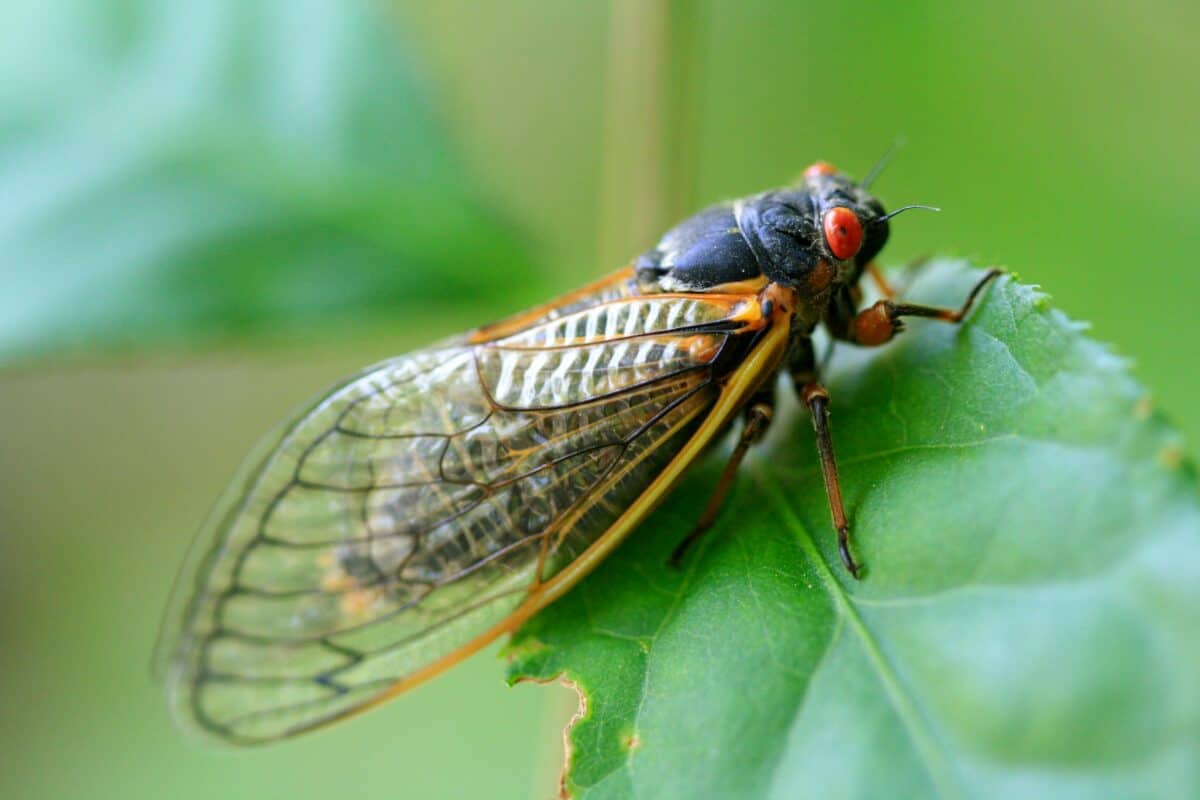This year, eastern North America is buzzing with one of nature’s most jaw-dropping spectacles: Brood XIV periodical cicadas. After hiding underground for 17 years, trillions of these red-eyed insects have erupted across at least a dozen states, turning forests and suburbs alike into roaring insect symphonies.
A Synchronized Emergence Unlike Any Other
In May and June, as the soil hits roughly 18 °C (64 °F), billions of cicadas burst from beneath the ground. They climb trees, shed their exoskeletons, and begin their brief above-ground lives, just long enough to mate and lay eggs before dying.
Brood XIV, one of the largest 17-year cicada groups, spans Kentucky, Tennessee, Georgia, Illinois, Indiana, North Carolina, Virginia, West Virginia, Massachusetts (including Cape Cod), Long Island, central Pennsylvania, and more. In some areas, their emergence is two weeks earlier than historical patterns, likely due to warming soil earlier in spring.
Why This Matters—Ecology In Overdrive

The cicada explosion isn’t just about noise—it reshapes entire ecosystems:
- Food Web Overload: These insects provide a feast for birds, squirrels, rodents, reptiles, and even deer. The sheer numbers can spark population booms in these predators, and then crash as the supply vanishes.
- Nutrient Surge: As the cicadas die, their bodies act like fertilizer, enriching the soil and feeding microorganisms. Scientists say this “pulse” of nutrients can alter forest growth cycles for years.
- Tree Damage Warning: Female cicadas cut grooves in young branches to lay eggs—a process called “flagging.” While harmless to mature trees, this can damage saplings, fruit trees, and vineyards, prompting growers to take protective measures.
Life in the Cicada Chorus
For a few weeks, cicada territory becomes a world apart:
- Unforgettable Soundtrack: Mating calls can reach 100 decibels—louder than a jet engine. “It’s like a sci-fi soundtrack,” one researcher said, calling it louder than planes at Heathrow. Wedding planners in the Northeast have even had to reschedule outdoor events to avoid the din.
- Oddness Infected: Some cicadas carry a fungal pathogen—Massospora cicadina—that turns infected males into “zombies,” changing their scent and behavior to attract mates and spread spores. A dramatic example of nature’s strangeness during emergence.
- Human Encounters Abound: With trillions pumping out in unison, even cities experience swarms. In Ohio, a startled driver swerved to avoid a cicada, flipped a car, fortunately without injuries.
What You Can Do While They’re Here

Though harmless to humans, there are smart ways to enjoy (or survive) the event:
- Protect Young Trees: Wrap saplings in fine mesh until midsummer to prevent egg damage.
- Prepare for Noise: If you live in a hotspot, consider delaying noisy events or using white noise indoors.
- Enjoy the Show: Listen to the chorus, spot curious birds dining under trees, or taste test roasted cicadas—they’re reportedly nutty and protein-rich (but avoid them if allergic to shellfish).
- Record & Report: Use apps like Cicada Safari or iNaturalist to map emergence and help researchers track brood spread and “straggler” patterns (unexpected off-cycle cicadas).
A Spectacle of Nature’s Extremes
The Brood XIV cicada emergence isn’t just a noisy nuisance—it’s a full-blown ecological event. With nutrient floods, predator booms, and ecosystem resets, these periodic bugs show how nature works in pulses, not plateaus.
For those lucky enough to witness it, grab earplugs, plant protection, and a camera. This is nature’s extreme moment in eastern U.S. backyards and beyond.
- Bride Surprises Groom With Rescued Animals at Bachelor Party - August 7, 2025
- White Deer Duo Stuns Iowa Family on Backroad Drive - August 1, 2025
- Iguana Fell and Hit Florida Man in the Face During Cold Snap - July 18, 2025

